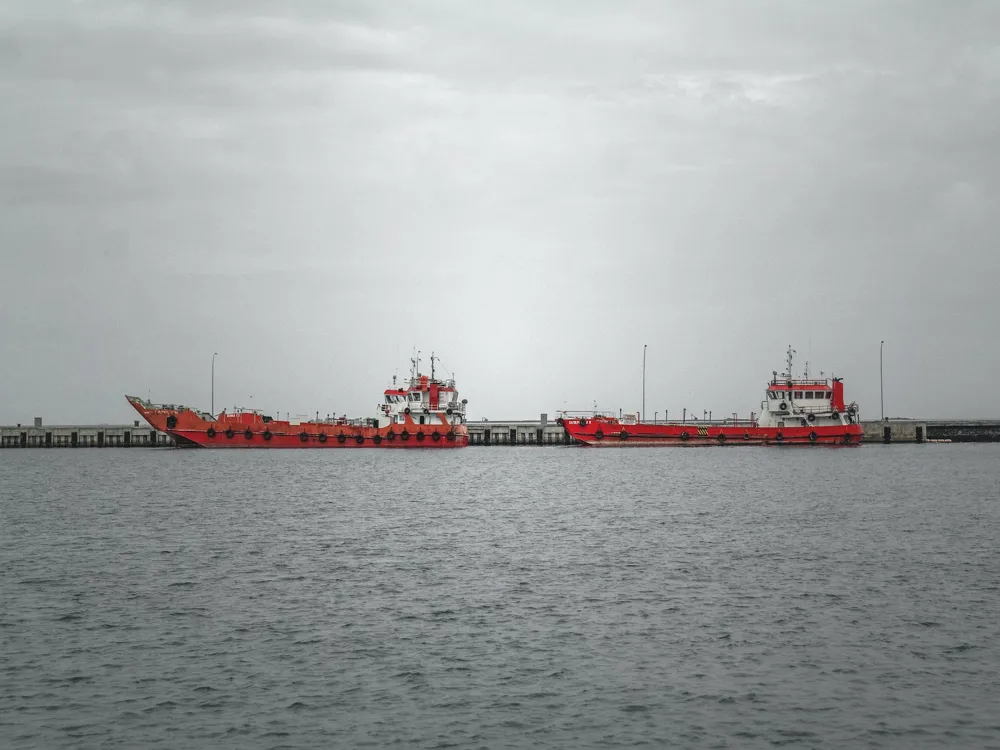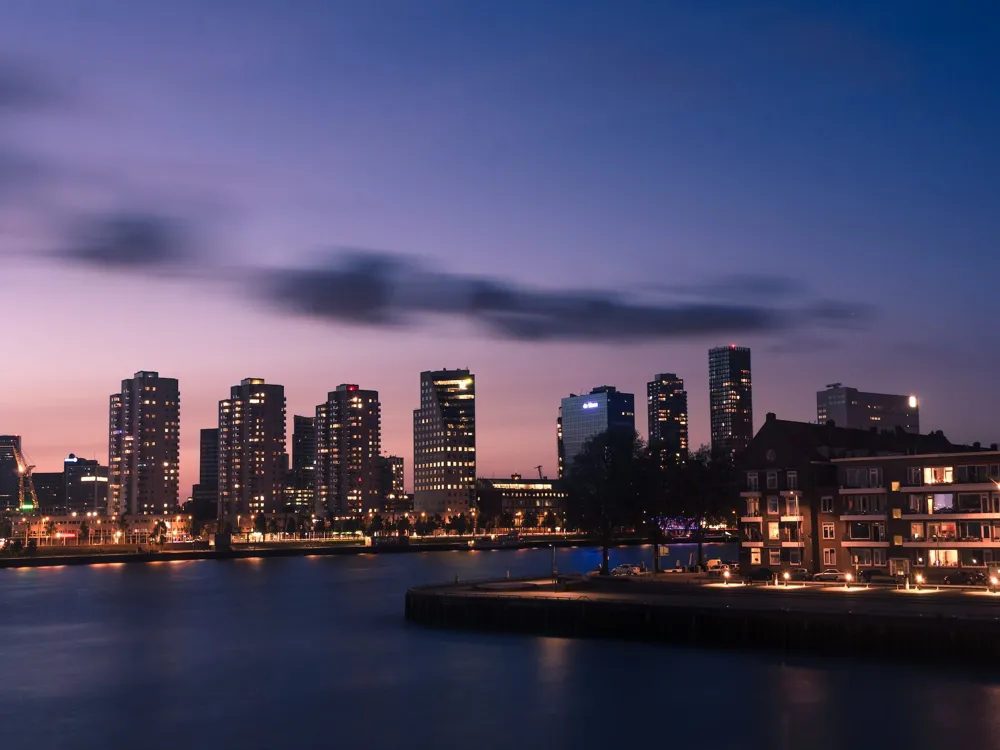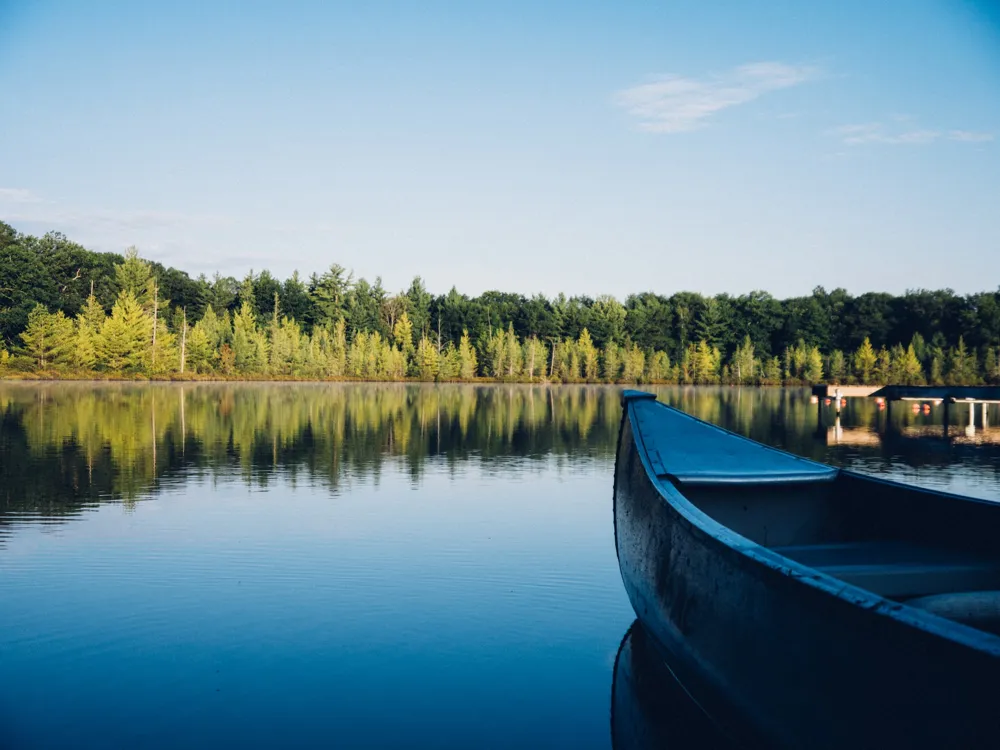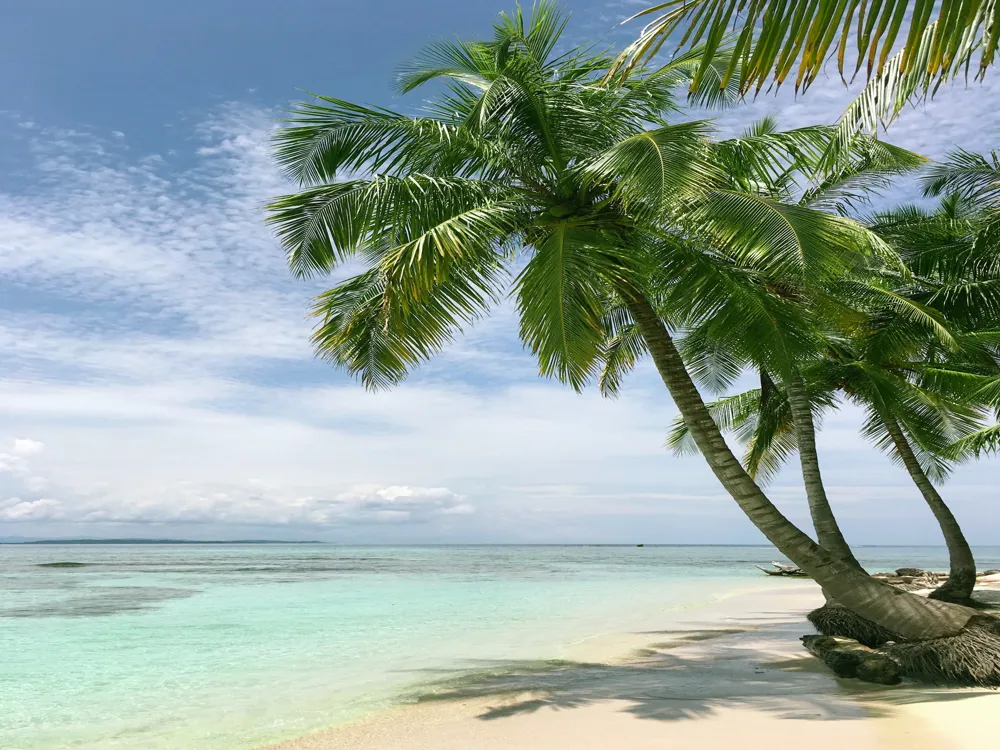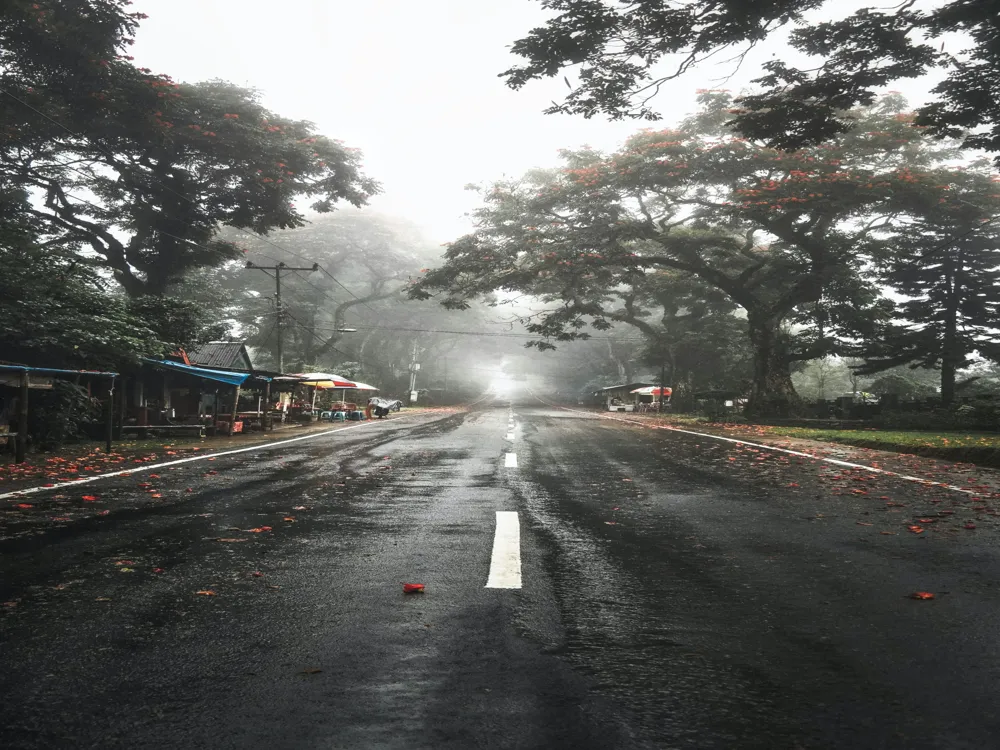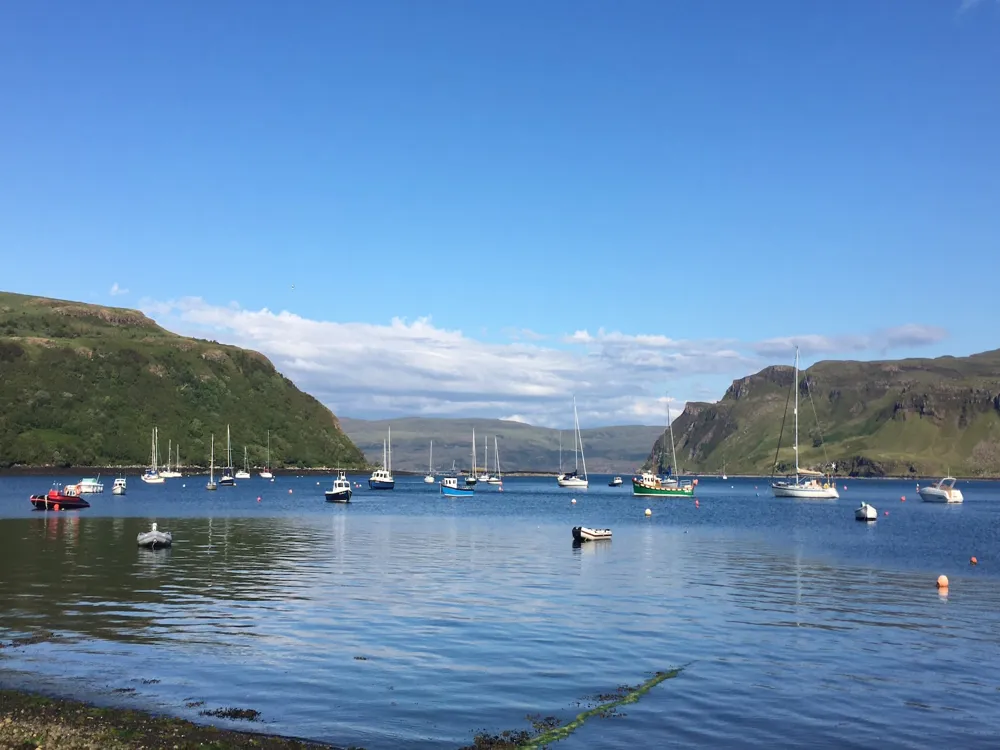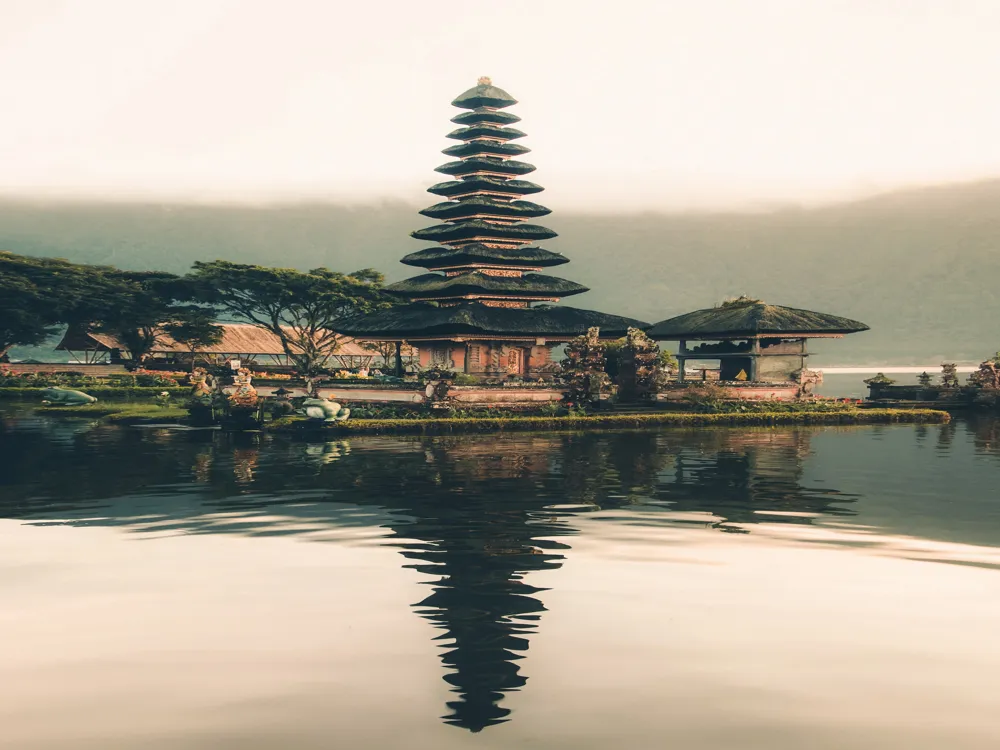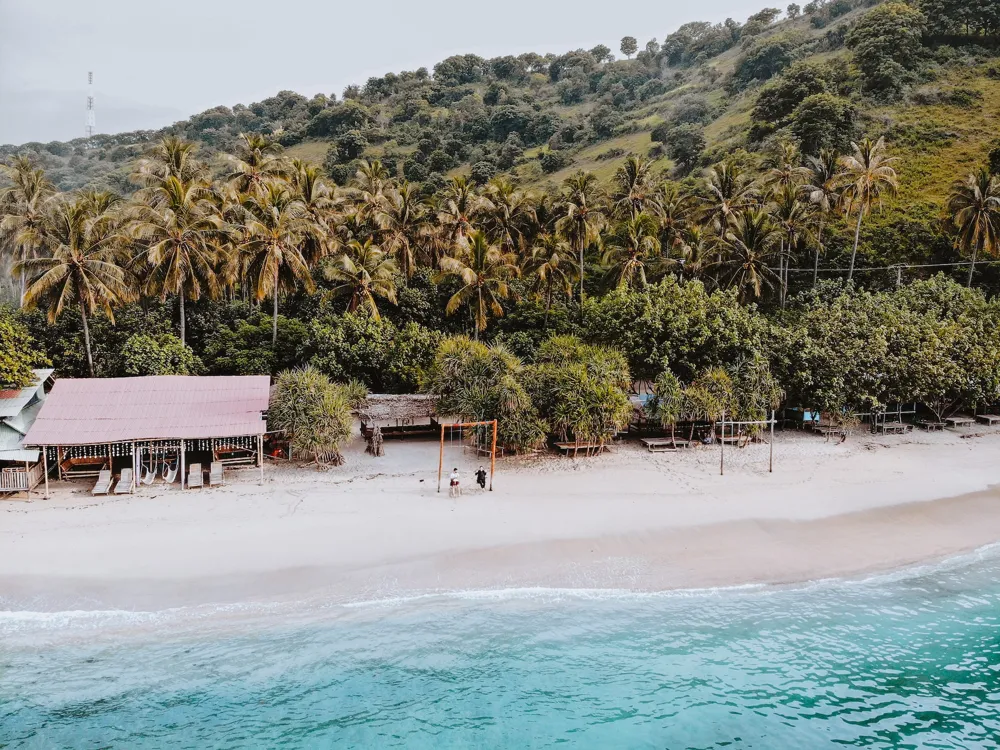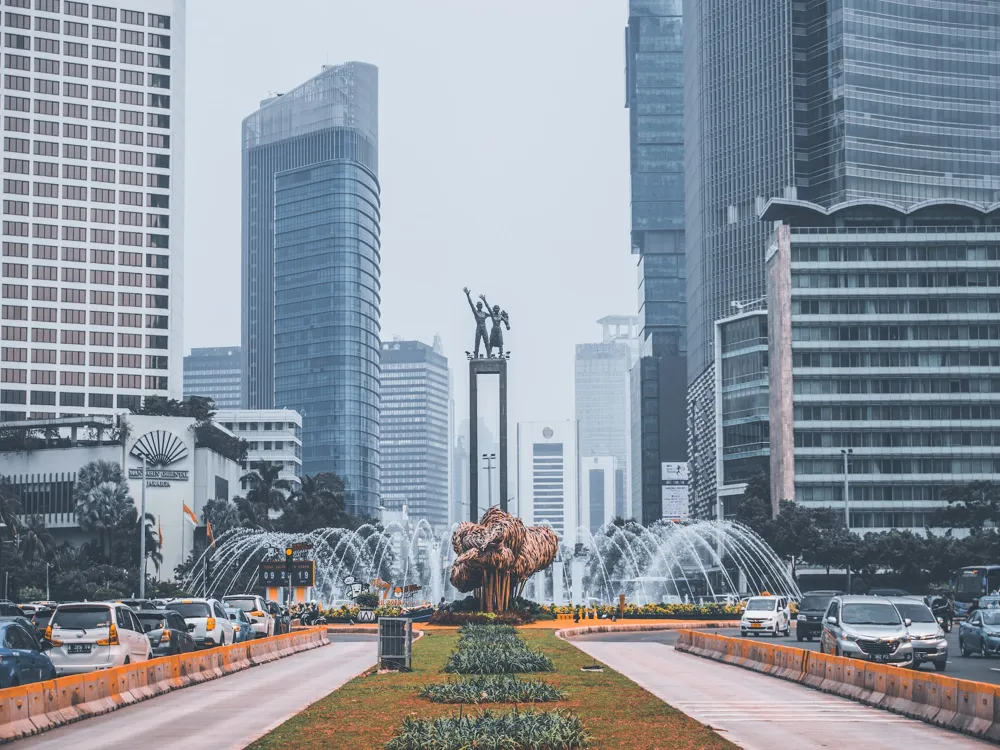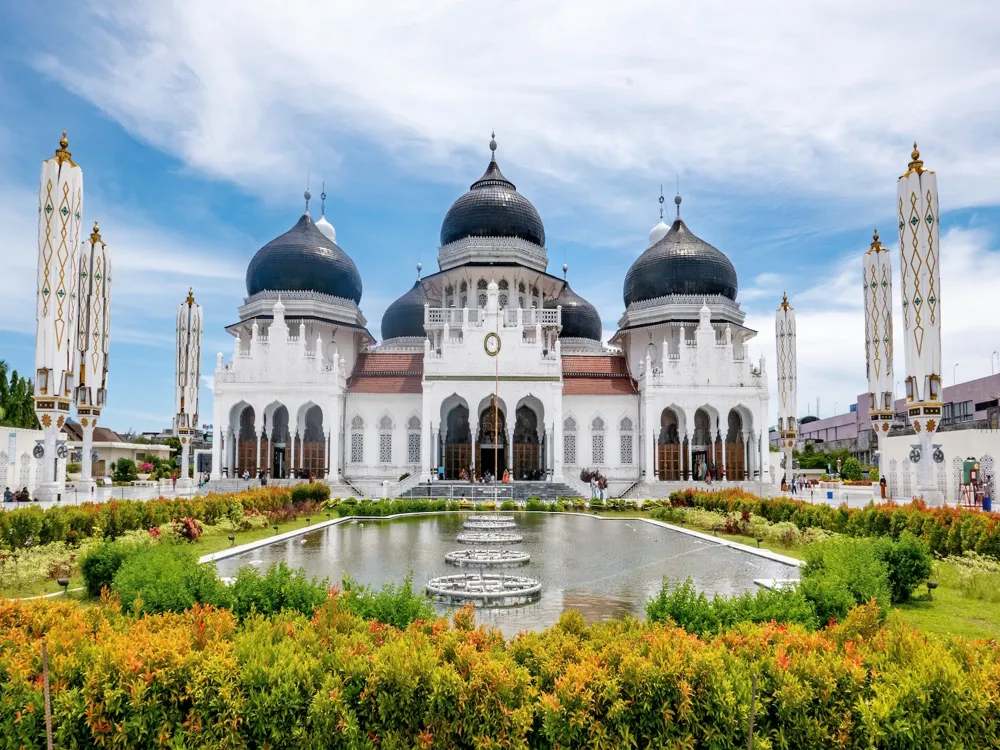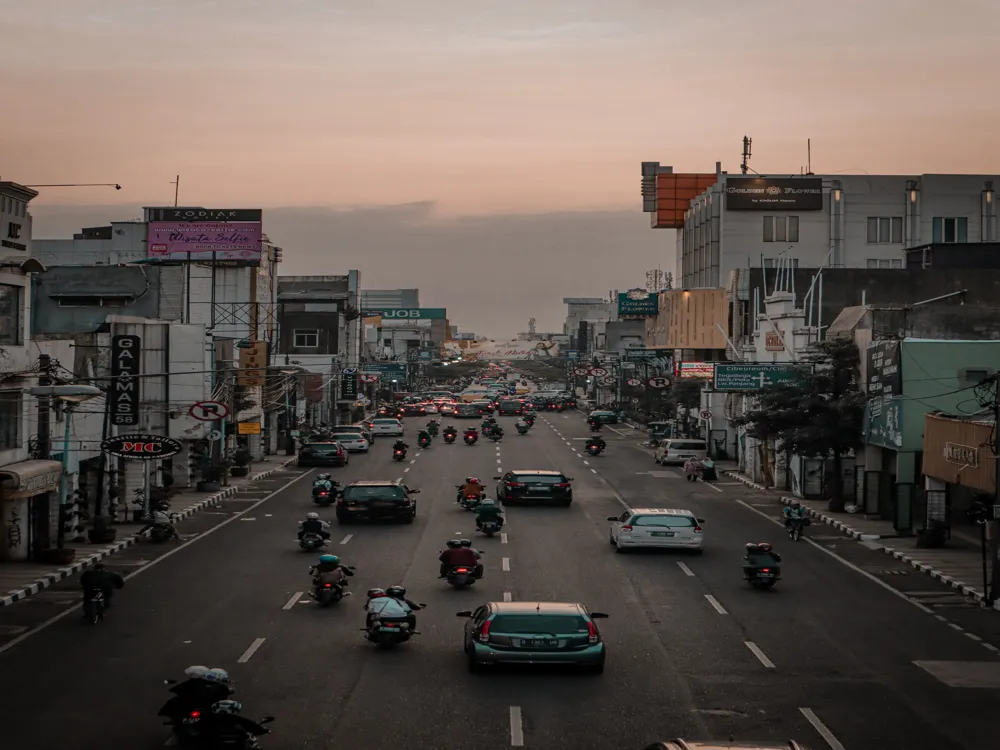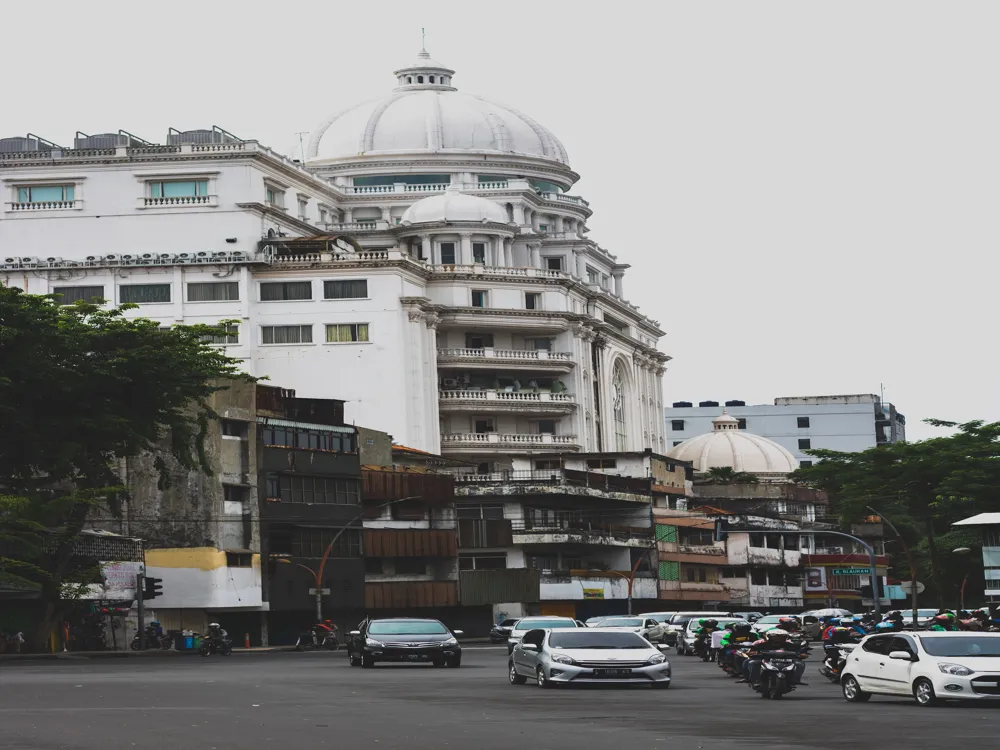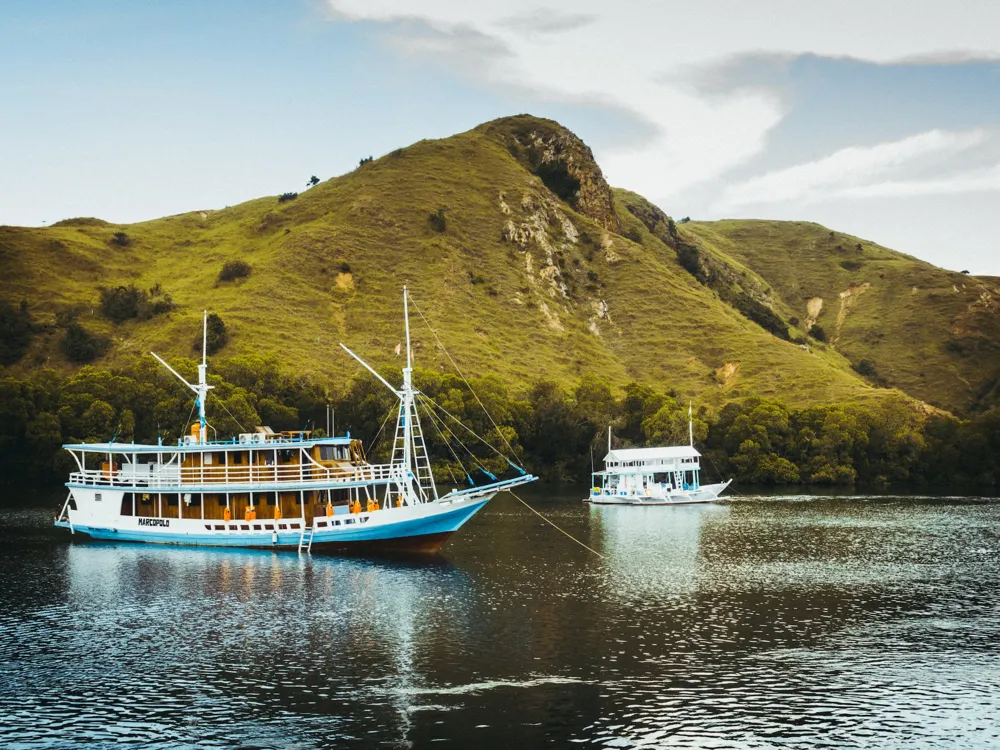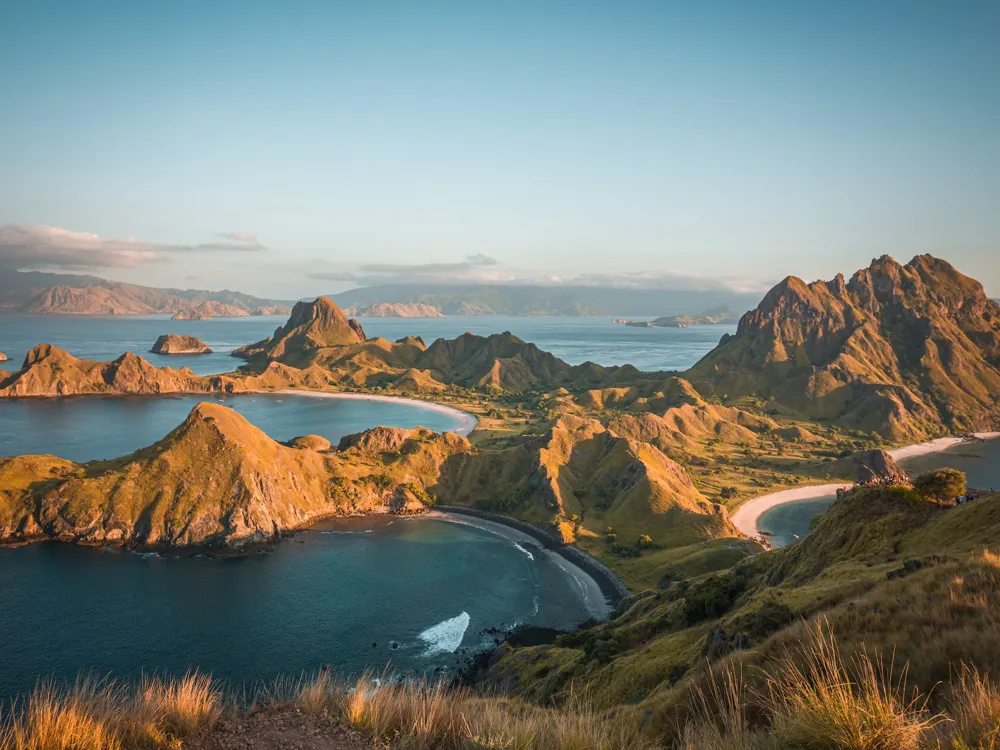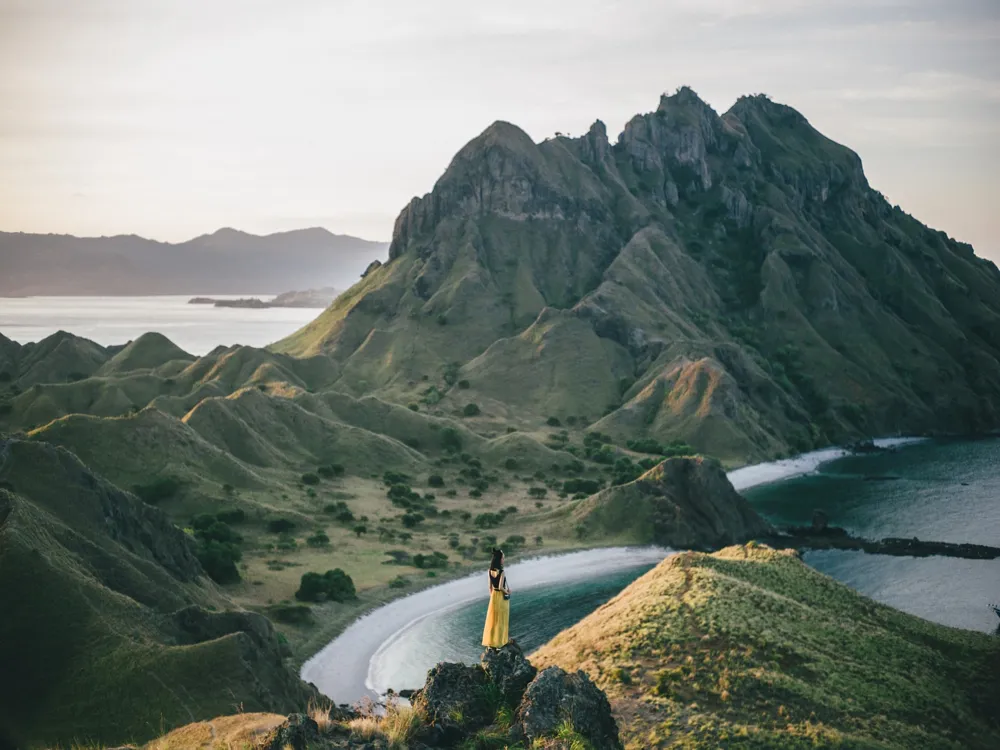Fort Rotterdam, a historical gem in Makassar, Indonesia, stands as a testament to the region's rich and turbulent history. Originally named 'Ujung Pandang', the fort has been a focal point of the city's narrative, from the days of the Gowa Sultanate to the colonial era of the Dutch East Indies. The fort's unique blend of local and European influences makes it an architectural marvel and a cultural treasure. It's not just a monument; it's a chronicle of Makassar's journey through time, embodying the spirit of resilience and fusion of cultures. Fort Rotterdam's history is as captivating as its structure. Built in the 16th century by the ninth king of Gowa, it was originally a simple structure of clay and wood. The fort witnessed numerous sieges and reconstructions, notably by the Dutch East Indies, who transformed it into the imposing structure we see today. This transformation reflects not just a change in rulers but also a shift in architectural styles and military strategies of the time. The fort has served various purposes, from a defensive bastion to a center of governance, and now, as a beacon of history and culture. During the Gowa Sultanate, Fort Rotterdam was a symbol of the sultanate's power and influence in the region. It played a crucial role in the sultanate's maritime trade and defense strategies, marking Makassar as a significant port in the spice trade era. The fort's strategic location and design were pivotal in protecting the sultanate from external threats and maintaining its sovereignty. The Dutch conquest brought significant changes to Fort Rotterdam. The Dutch East Indies company recognized its strategic importance and embarked on a major reconstruction. They introduced new architectural elements, reinforcing the fort with coral stone and adapting it to European military designs. This period marked the fort's transformation into a colonial stronghold, reflecting the power dynamics and architectural ingenuity of the time. The architecture of Fort Rotterdam is a fascinating blend of local Makassar and Dutch colonial styles, making it a unique historical site. The fort's structure is characterized by its pentagonal shape, thick walls of coral stone, and numerous bastions offering a panoramic view of the city and the sea. This architectural design not only served a defensive purpose but also showcases the ingenuity and adaptability of its builders. The fort's design is a testament to the fusion of different architectural influences. Its layout, featuring a pentagonal shape with five bastions, was typical of European fortifications of the period. The use of coral stone, abundant in the region, for construction, reflects the local adaptation. Each bastion was equipped with cannons and watchtowers, signifying its military purpose. The fort's walls, some reaching up to 2 meters thick, were designed to withstand both time and conflict. The architectural style of Fort Rotterdam is where East meets West. The Dutch influence is evident in the fort's overall structure and defensive features, while the Makassar touch is seen in the intricate details and carvings on the gates and walls. This blend creates a unique aesthetic, symbolizing the cultural synthesis that occurred during this period. Today, Fort Rotterdam is not only a historical site but also a cultural hub. Efforts have been made to preserve its original architecture, allowing visitors to step back in time and experience the fort's historical ambiance. The fort now hosts museums, art galleries, and cultural events, serving as a living monument to Makassar's rich heritage. Fort Rotterdam is best visited during the dry season, from May to September, when the weather is more favorable for exploring. Early mornings or late afternoons are ideal to avoid the midday heat. Before visiting, it's beneficial to read up on the fort's history. This knowledge will enrich your experience, allowing you to fully appreciate the site's historical significance and architectural beauty. Consider taking a guided tour. Local guides can provide in-depth insights about the fort's history and point out details that might otherwise be missed. The fort offers excellent opportunities for photography. The best shots can be captured from the bastions, offering a view of the sea and the city. Remember to respect the site and avoid any actions that might damage the structure. Fort Rotterdam is accessible and well-connected, making it easy for visitors to reach. The fort is located in the heart of Makassar, close to other tourist attractions. Visitors can easily get there by taxi, bus, or even on foot if they are staying nearby. The close proximity to the city's main attractions makes it a convenient and must-visit destination for anyone exploring Makassar. Read MoreOverview of Fort Rotterdam in Makassar
The Historical Significance of Fort Rotterdam
The Gowa Sultanate Era
The Dutch East Indies Period
Architecture of Fort Rotterdam
Design and Construction
The Blend of Makassar and Dutch Styles
Preservation and Modern Use
Tips When Visiting Fort Rotterdam
Best Time to Visit
Understanding the History
Guided Tours
Photography Tips
How To Reach Fort Rotterdam
Makassar Tourism
Best Time to Visit Makassar
How to Reach Makassar
Things To Do Makassar
Fort Rotterdam
Makassar
NaN onwards
View makassar Packages
Weather :
Tags : Museum
Timings : All day
Entry Fee : No Entry Fee
Planning a Trip? Ask Your Question
Makassar Travel Packages
View All Packages For Makassar
Top Hotel Collections for Makassar

Private Pool

Luxury Hotels

5-Star Hotels

Pet Friendly
Top Hotels Near Makassar
Other Top Ranking Places In Makassar
View All Places To Visit In makassar
View makassar Packages
Weather :
Tags : Museum
Timings : All day
Entry Fee : No Entry Fee
Planning a Trip? Ask Your Question
Makassar Travel Packages
View All Packages For Makassar
Top Hotel Collections for Makassar

Private Pool

Luxury Hotels

5-Star Hotels

Pet Friendly







